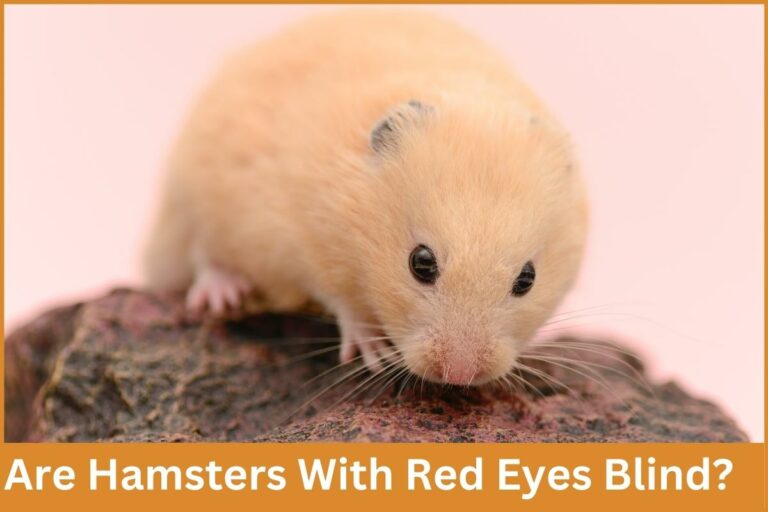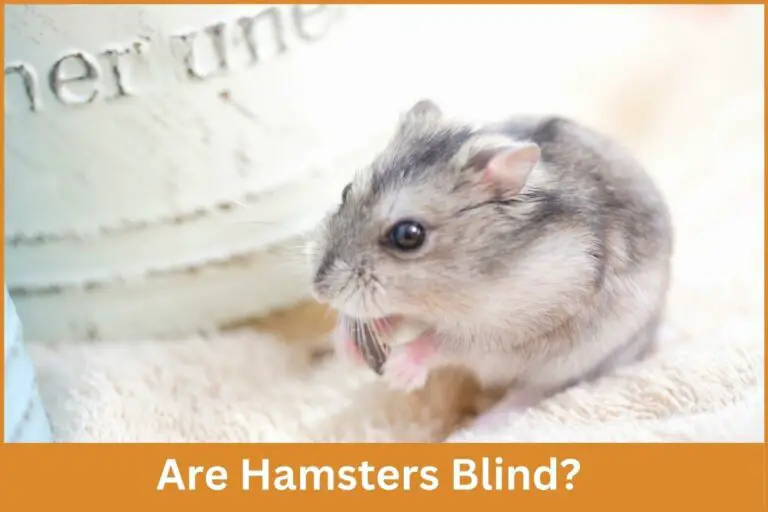Hamsters rely on keen senses that guide their behaviors and interaction with the environment.
- Sight – Hamsters have poor eyesight but can see light, shapes, movement and some color. Their wide lens helps night vision.
- Hearing – Large ears give hamsters excellent hearing to detect predators. They can hear ultrasonic squeaks from cagemates.
- Smell – Hamsters have a strong sense of smell to find food, recognize owners, sense danger, and communicate via scent glands.
- Touch – Their whiskers and fur provide sensitive tactile feedback about surroundings. Their paws have fine touch receptors.
- Taste – Hamsters experience sweet, salty, bitter and sour tastes which guides their foraging behaviors. They dislike bitterness.
- Sensitivity – Loud noises, bright lights, strong scents, unstable environments overstimulate their senses, causing stress.
- Instincts – Senses guide survival behaviors like hoarding food, burrowing for safety, hiding at danger, and fighting cagemates.
- Seasonal Changes – Shortening daylight hours in winter alter hamster brain chemistry, signaling the season to hoard more food.
Understanding how hamsters perceive the world helps explain many of their behaviors and habitat preferences.





